Aegean Strike presents a comprehensive and realistic picture of the interplay between ground, air, and naval forces in modern warfare.
The highly interactive sequence of play allows players to act and react to the changing battle situation. The integration of combat arms occurs on both the operational and strategic level.
Scenarios include a Libyan – Egyptian War, Turkish Missile Crisis, Greco-Turkish War, and, of course, WWIII.
[https://boardgamegeek.com/boardgame/2078/aegean-strike ]
The world in 1989:
The USSR
Mikhail S. Gorbachev entered office in March 1985 determined to scrap old assumptions about Soviet foreign policy. He had drawn lessons from the return of Cold War tensions in the early 1980s — and they scared him. The “old thinking” believed that the USSR would emerge victorious in the Cold War if it continued building up its arsenal and fostering “progressive” regimes in the Third World in places like Angola, Ethiopia, and especially Afghanistan. Gorbachev’s “new thinking” sought to reorganize and revitalize the Soviet system; but to do so required a favorable international situation to relieve the material burden of arms competition with the West.
The first step in the end of the Cold War came when Mikhail S. Gorbachev implicitly abandoned the Brezhnev Doctrine. On 14 April 1988, the Governments of Pakistan and Afghanistan, with the United States and Soviet Union serving as guarantors, signed an agreement known as the Geneva accords. This included five major documents, which, among other things, established a timetable that ensured full Soviet withdrawal from Afghanistan by 15 February 1989.
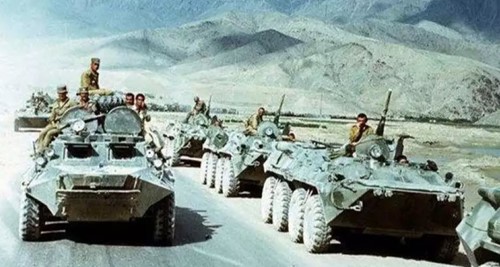 Gorbachev demanded that the retreat be orderly and dignified — he didn’t want television images reminiscent of the chaotic 1975 US pullout from Vietnam. “We must not appear before the world in our underwear or even without any,” he told the Politburo inner circle. “A defeatist position is not possible.” The withdrawal was intended as a sign of conciliation toward the West and reassurance to the East Europeans, but it encouraged others to challenge Soviet power.
Gorbachev demanded that the retreat be orderly and dignified — he didn’t want television images reminiscent of the chaotic 1975 US pullout from Vietnam. “We must not appear before the world in our underwear or even without any,” he told the Politburo inner circle. “A defeatist position is not possible.” The withdrawal was intended as a sign of conciliation toward the West and reassurance to the East Europeans, but it encouraged others to challenge Soviet power.
The second act of the drama began in the fall of 1989 with peaceful revolutions in Eastern and Central Europe (except Romania) and the fall of the Soviet “outer empire.” Shortly after Poland’s electorate voted the Communists out of government in June 1989, Gorbachev announced that the Soviet Union would not interfere with the internal affairs of the Eastern European countries. By October, Hungary and Czechoslovakia followed Poland’s example.
On 09 November 1989, the East German Government opened the Berlin Wall. East Germany, the center of contention throughout the Cold War, was united with West Germany and integrated into NATO. As one historian noted, in Poland communism took ten years, in Hungary ten months, in East Germany ten weeks, and in Czechoslovakia ten days to disappear.
 [https://www.globalsecurity.org/military/world/russia/soviet-collapse.htm]
[https://www.globalsecurity.org/military/world/russia/soviet-collapse.htm]
Turkey:
The economy has grown steadily since the early 1980s, with real growth in per capita GDP increasing more than 6% annually. Agriculture remains the most important economic sector, employing about 60% of the labor force, accounting for almost 20% of GDP, and contributing about 25% to exports. Impressive growth in recent years has not solved all of the economic problems facing Turkey. Inflation and interest rates remain high, and a large budget deficit will continue to provide difficulties for a country undergoing a substantial transformation from a centrally controlled to a free market economy. The government has launched a multimillion-dollar development program in the southeastern region, which includes the building of a dozen dams on the Tigris and Euphrates rivers to generate electric power and irrigate large tracts of farmland. The planned tapping of huge quantities of Euphrates water has raised serious concern in the downstream riparian nations of Syria and Iraq.
Rampant inflation, running at 75.5 percent from September 1988 to September 1989, continues to wreak havoc on economic stability and has decimated purchasing power. The challenges were from both the left and right. The main party of the left, the Social Democratic Party (SHP), came in first in March although the right parties were slightly stronger overall. The True Path Party (DYP), Ozal’s main challenge from the right, came in second, still ahead of ANAP.
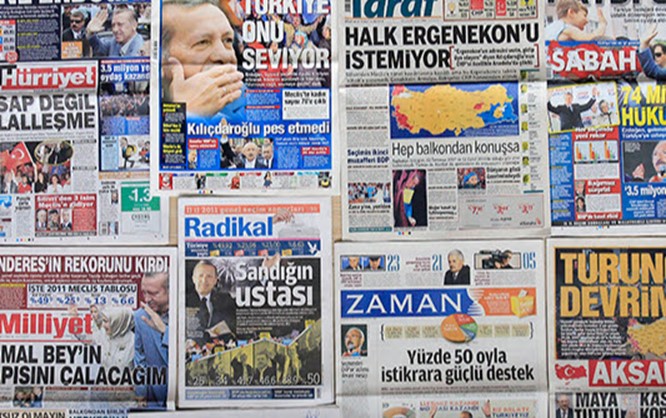
The Social Democrats “don’t have a clear-cut economic policy but are in favor of state intervention” in the economy, according to Tonak. The SHP is “not supporting denationalization or privatization. They probably would reverse Ozal’s policies,” argues Analyst Ceyhun. Because of this, the SHP “doesn’t have support of big business, especially the industrialists,” says Analyst Ceyhun. The views of the big industrialists are not, however, uniformly or unreservedly supportive of Ozal’s policies. Yalman says that “industrialists are [becoming] more and more vocal … demanding from the government some industrial strategy for the 1990s.” It’s “hard to say the government has provided a satisfactory answer,” he added.
Ozal’s liberalization of the foreign trade regime has not resulted in a large influx of foreign investment. “Despite the number of changes in the [foreign investment] code, actual direct investment has not been at the level hoped for,” says Yalman. Foreign investment peaked at $234 million in 1985. In 1988, it was $193 million, according to the U.S. Commerce Department. The reasons for the lukewarm response are an international lack of confidence in Turkey’s economic stability and the country’s persistent, rampant inflation.
[http://www.multinationalmonitor.org/hyper/issues/1989/10/gold.html]
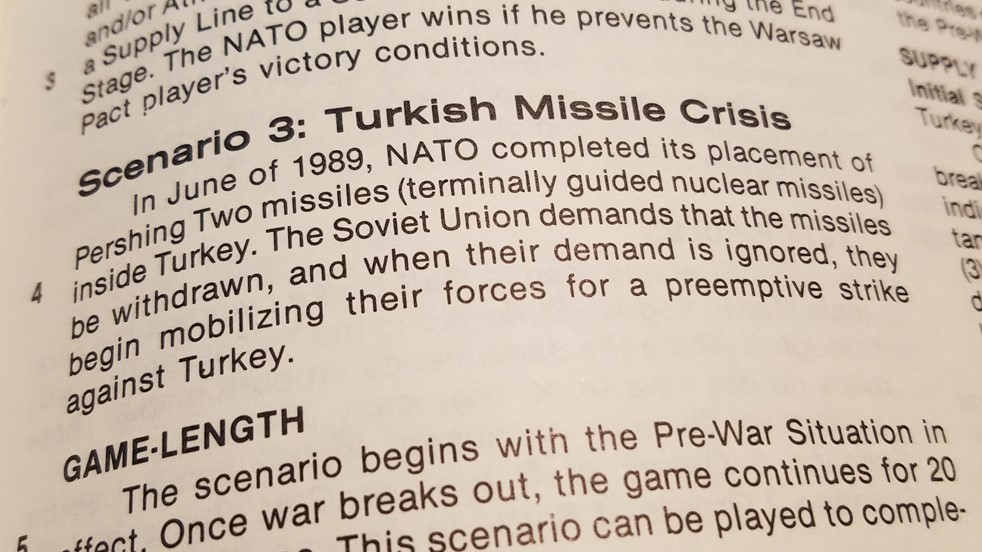
Preamble
Sunday 0400 June 2nd 1989
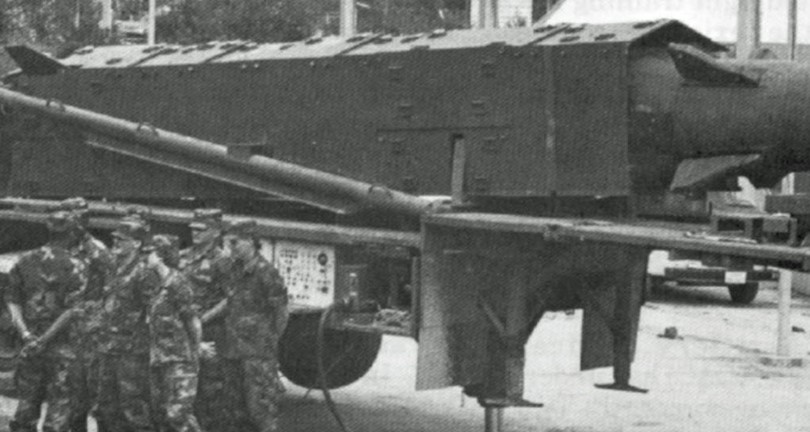
The loud reversing tone of the M983 echoed through the cool morning air. US Army personnel guided the Pershing II Missile mobile delivery platforms to their storage shelters. This was site Alpha 3. One of a series of sites that the US army had built along with its Turkish Allies in an effort to bring about the final collapse of the Soviet Union. Soldiers moved quickly and quietly, securing the systems at the make shift secure site.
While across the world the USSR was indeed in full retreat, beaten in Afghanistan and losing major Bloc partners to democratic institutions and thinking, she was not done yet. CIA & NSA analyst briefings suggest that deploying mobile missiles in or near the soft underbelly of the USSR was just what was needed. Senior CIA staffers and leadership still had a bug up their asses about the Bay of Pigs and the way that Kennedy boy conceded placement of missiles in Turkey back in the 60’s. There would be payback…not that anyone mentioned that publicly or to the President. But be sure there would be payback a plenty.
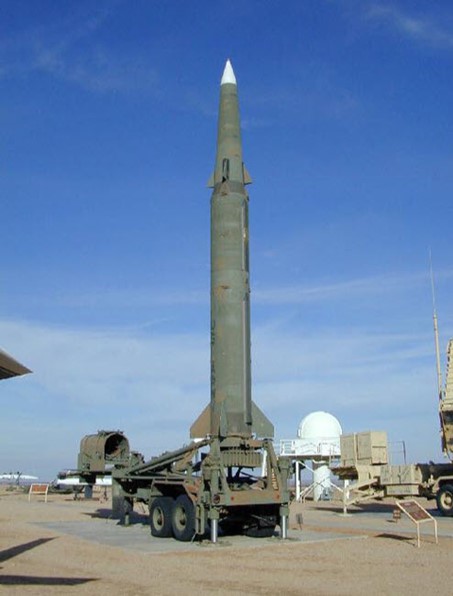
Now they had an opportunity to finish the circle of steel, and pressure the Russians to spend more on their Southern Defensive Districts, racing them towards National bankruptcy and default. The Turks were an easy compliant complicit target, they wanted more capital investment from the US, so they could claw their way out of the 3rd World. This was the price; Allow deployment 5 kiloton warheads with a range of 1700 km’s, being rotated around base sites in 3 sets Alpha Bravo and Charlie. In exchange you get greenbacks.
Soon at any one time the Hercules based engines could be ready to launch in minutes and zooming away to devastate the Motherland if that peacenik Gorbachev did not cede to the new world economic order.
In return, the US would do what it has done since the end of WWII, trade its protection for the ability of less fortunate countries to trade with it and receive infusions of capital for growth. Americas strategic direction, and their protection.
0650 June 2nd 1989
Комитет государственной безопасности KGB HQ.
Despite being stripped of ever more resources and the threat of being dissolved into something more ‘world friendly’ such as the proposed ‘Federal Security Service’ the KGB still had operatives everywhere, they were a force to be reckoned with. Within hours of the Pershing missiles being stowed, information and images were on the way to the top brass. Vladimir Krychkov was of course already deep into his day at 0700 when the phone rang. As he replaced the receiver into the cradle his hand shook. It was time. A second chance.
He had been wrong once before. Able Archer was his Waterloo, but this time he would be right. This time he would nail the destroyer of the USSR to a cross and burn his eyes out. The birthmarked freak was destroying the Rodina. Stalin would be appalled. He would use this fresh intelligence to destroy Gorbachev, re assert the might of the Soviet Union and teach those arrogant capitalists a lesson they will never forget. But first a meeting with allies in private.
There needed to be an incident and he knew just the man to make it happen.
2231 June 5th 1989
Intel report USA-27 Satellite Buckley Air National Guard FLASH secure COMM Message type 2 Data Stream
The Duty officer at USEUCOM read the report for a 3rd time. “Shit..shit..shit”. He picked up the red phone, he had always thought the color overly dramatic, especially given the imminent collapse of the Soviet Union, he had never imgaines it would be used. Now it seemed all too right. “Get me General Galvin, SACEUR, we have a situation.”
Aegean Strike:
The Turkish Straits. Control of them controls a massive amount of trade and a lifeline of resources. Istanbul sits astride this Strait. It is surrounded and close to several countries – the USSR, Bulgaria, and of course Greece.
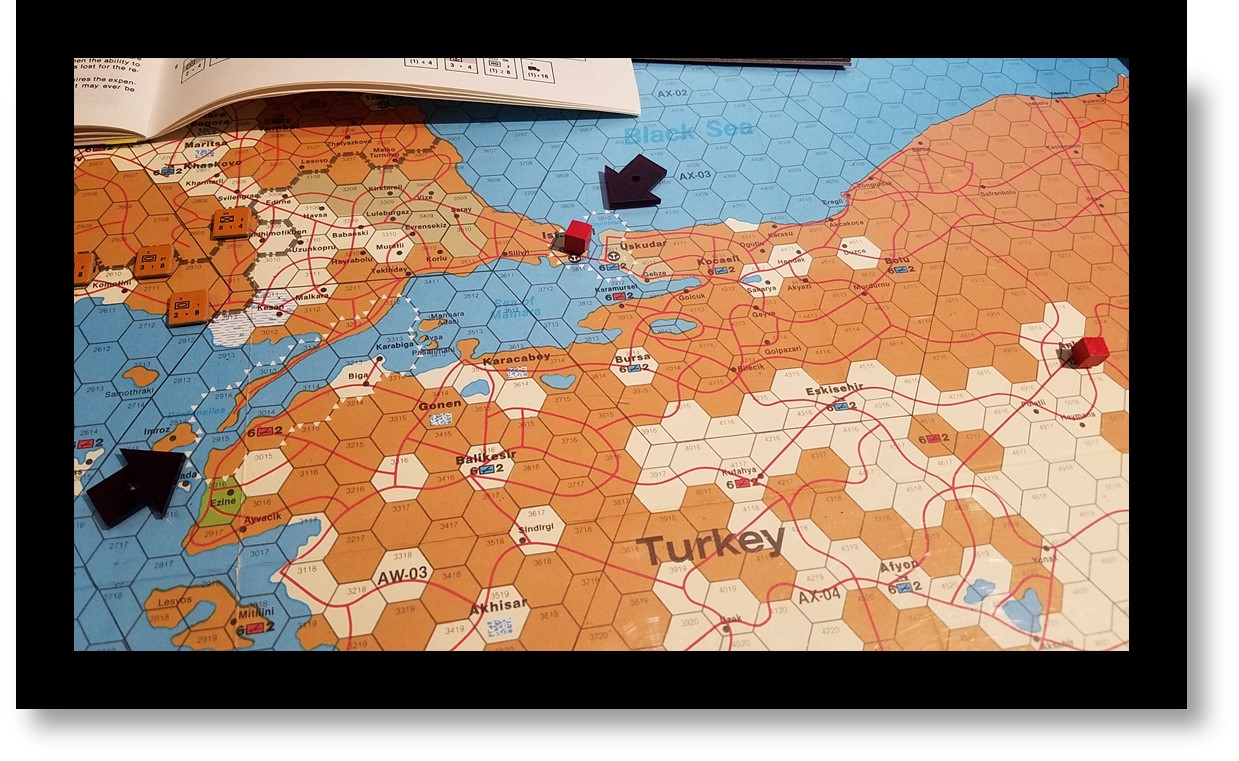
If a war broke out. If the Soviets were the aggressor they would have one goal.
That one goal would be securing the Straits which would end up reducing Turkey to a compliant vassal.
This would mean in military terms that the Soviets must control Ankara [red block right side of image], and the zone in between the 2 arrows. The Soviets bring a formidable force mix to play with Naval, Air and excellent ground forces as well as multiple launch points for an offensive. More on this soon.
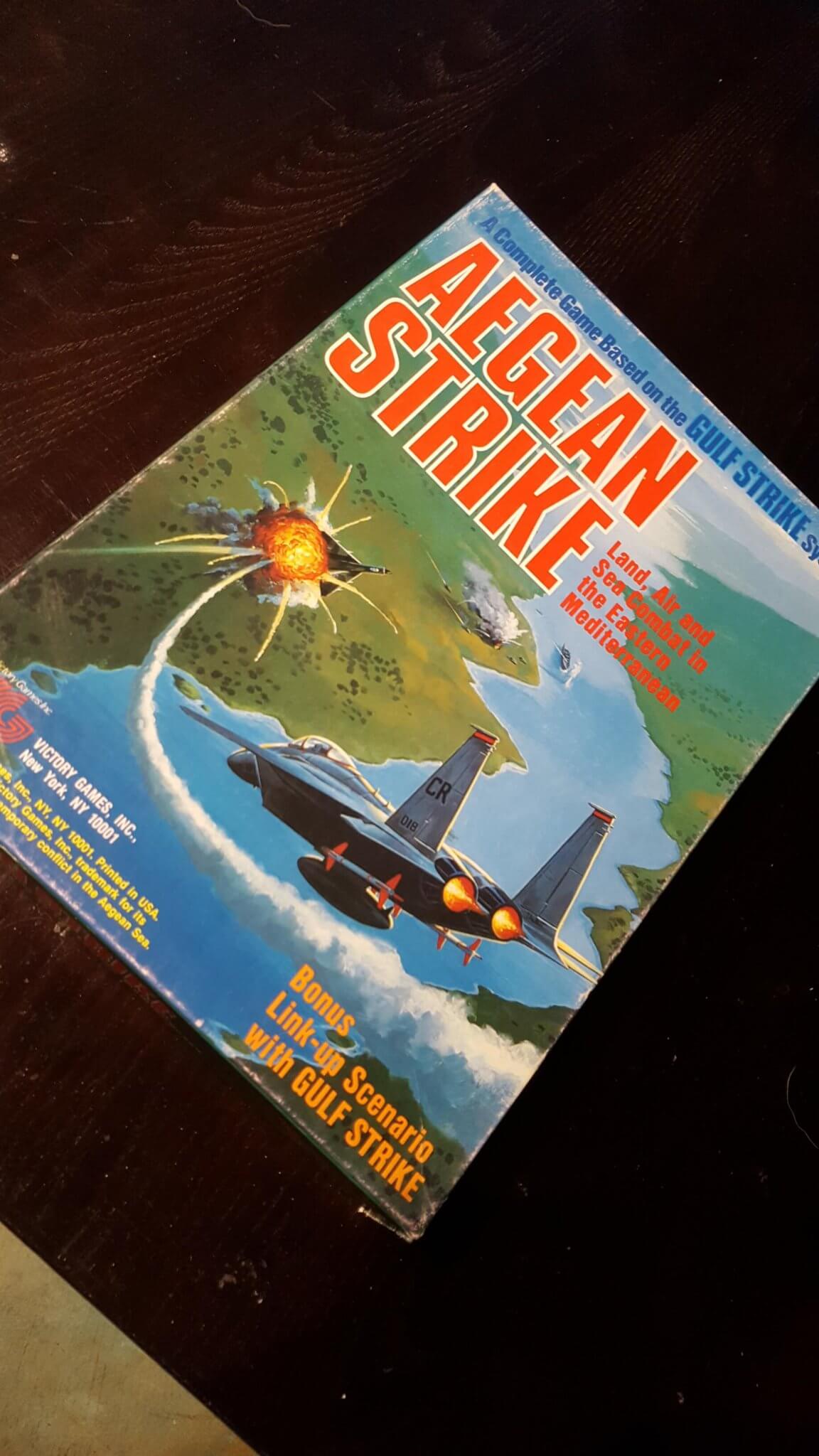
Aegean Strike is one of my all-time favourite games and is totally underrated. Thanks for the show
Aegean Strike is one of my all-time favourite games and is totally underrated. Thanks for the show